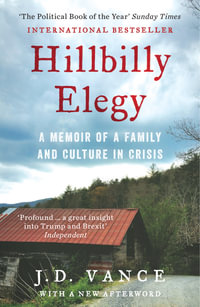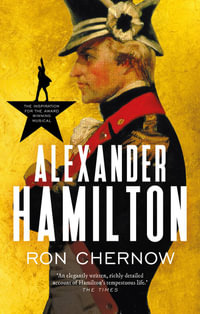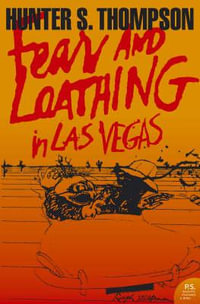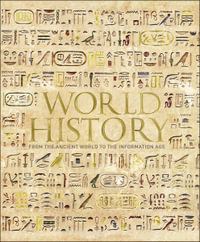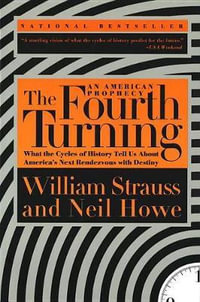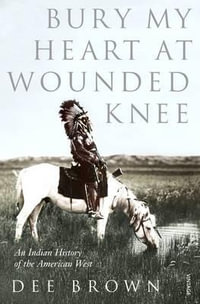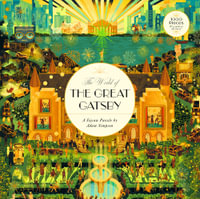Native Americans supplied the maracas. African slaves brought drums and ritual music, and Spaniards brought guitars, brass instruments, and clarinets along with European ballroom dancing. The advent of blues and jazz gave new forms to styles of songs, notably feeling songs, which joined the more traditional styles of trova and bolero.
Cuban culture represents a convergence of these diverse backgrounds, and the musical heritage presented in this book reflects these traditions as well. In colonial times, African ritual sounds mixed with Catholic liturgies and brass bands of the Spanish military academies. Ballroom dances, including French music from Haiti popular in 18th-century Havana society, existed side by side with the cabildos (guilds and carnival clubs) and the plantations. The son, considered the expression of Cuban musical identity, had its origins in a rural setting in which African slaves and small farmers from Andalusia worked and played music together, developing many variations over the years, including big band music.
Cuban music is now experiencing a major renaissance, and is enjoyed throughout the world.
Industry Reviews
“The best survey of Cuban music available.” —Juan Flores, Hunter College, author of From Bomba to Hip-Hop
“Excellent” —Le Nouveau Politis
“Indispensable” —Percussions “This book helps explain the many musical threads that fused to form the rich musical heritage of Cuba. Roy traces the music’s development from its roots . . . to music since the Cuban revolution and post-Buena Vista Social Club directions.” —Library Journal
“From Rumba to rap, Paris-based writer Maya Roy surveys the history of Cuban music, showing how the island’s colonial history led to a unique fusion of musical influences from around the world. Cuban Music examines the ritual music of slaves; popular songs and the impact of Catholic liturgies; the roots of dances like the mambo and the cha-cha-cha; and the fate of music after the Communist revolution, when many musicians emigrated and new experimental groups formed by Cubans on and off the island. Roy also discusses Buena Vista Social Club and the controversies stirred by the film’s nostalgic view of Cuba’s 1950s ‘golden age.’” —Publishers Weekly



